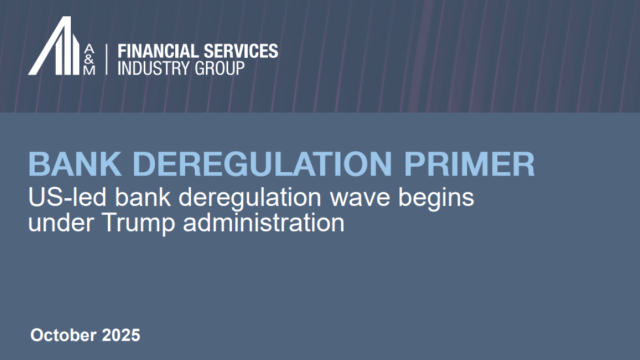Digital Transformation & Governance in Banking: Adapting Business Models for the Future
In the rapidly evolving landscape of the banking sector, digital transformation has become a pivotal focus. As banks continue to invest in optimizing their digital strategies, the question arises: how much more do bank business models need to adapt?
This article explores the future of customer engagement, the role of artificial intelligence (AI), and the implications of data management in banking.
Evolving Customer Engagement in the Digital Era
The digital transformation journey for banks is not just about technology adoption but also about enhancing customer engagement. The key lies in understanding what customers want and leveraging technology to meet those needs. Data plays a crucial role in this evolution. By improving access to both internal and external data, banks can enrich customer interactions, fostering greater loyalty and trust. As customers become more digitally savvy, banks must focus on services that enhance financial well-being, thereby building stronger relationships.
Moreover, as regulatory scrutiny on new technologies like AI increases, banks can leverage these requirements to enhance customer satisfaction. By aligning with regulatory standards, banks can ensure that their customers are financially fit and content.
The Role of AI in Banking Transformation
AI is set to revolutionize the banking sector, but its true potential lies beyond customer service interactions. While customer-facing AI tools are popular, the real value of AI is in its intelligence and insight capabilities, particularly in middle- and back-office functions, as highlighted in our in-depth report, Are We There Yet? The Reality of AI Use in Banking and Financial Services.
For instance, AI can analyze vast amounts of transaction data to identify potential savings or investment opportunities for customers. This behind-the-scenes application of AI ensures that the technology serves its purpose without overshadowing the bank's core services.
Data Management: The Backbone of Digital Transformation
Effective data management is crucial for banks to fully leverage AI and other digital tools. Currently, data is often siloed across different accounts and services, preventing a holistic view of a customer's financial life. To address this, banks need to develop comprehensive data models that provide a unified view of customer interactions. Open finance, building on the principles of open banking, offers a pathway to achieve this, enabling richer data insights and ultimately leading to more financially empowered customers.
The Future of Banking: Opportunities and Challenges
The financial sector's investment in AI is projected to more than double by 2027, reaching $97 billion. This growth underscores the significant role AI will play in the future of banking. However, with the EU AI Act set to regulate AI by 2026, banks operating in the EU must ensure compliance, presenting both a challenge and an opportunity to innovate responsibly.
Prominent figures in the banking sector are already navigating these changes. Revolut's expansion into the crypto market and Cynergy Bank's investment in hospitality highlight the diverse strategies banks are employing to adapt and thrive in this new era.
Conclusion
As digital transformation continues to reshape the banking sector, banks must remain agile, adapting their business models to meet the evolving needs of their customers. By focusing on data-driven insights, leveraging AI intelligently, and aligning with regulatory standards, banks can not only survive but thrive in the digital age. The journey is ongoing, and the future holds immense potential for those willing to embrace change and innovation.
Pierre Legrand joins fellow experts on the FT Live Global Banking Summit Mainstage to discuss digital transformation in banking.
Our AI report, Are We There Yet? The Reality of AI Use in Banking and Financial Services provides a comprehensive analysis of AI's transformative impact and future potential in the financial services industry, highlighting the opportunities and challenges that lie ahead.





